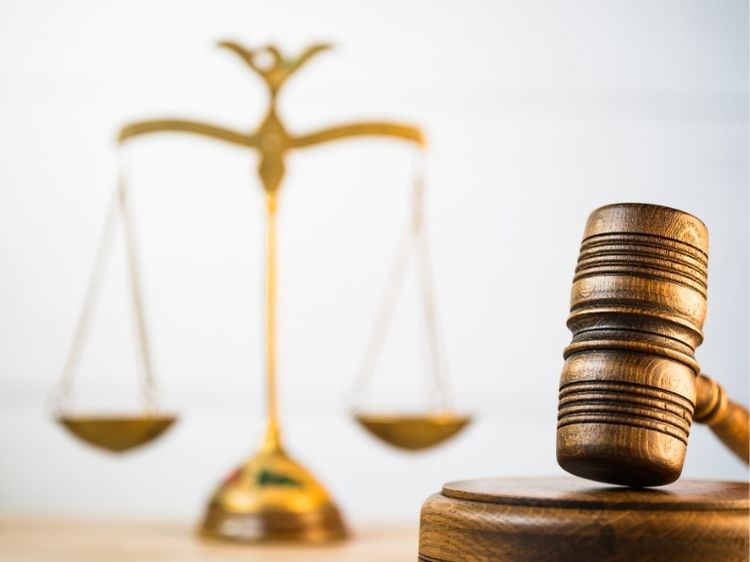Why Product Liability Matters
When you buy a product, there’s an implicit trust that it’s safe and functions as expected. But what if a product causes harm instead? That’s where product liability claims come into play. Product liability laws exist to protect consumers from dangerous or faulty products, holding manufacturers and sellers accountable. These laws make sure that anyone involved in the product’s creation and distribution maintains high standards. If they fail to do so, they might face one of the several types of product liability claims.
Product liability claims typically fall into three main categories: manufacturing defects, design defects, and marketing defects (often called “failure to warn” claims). Each type addresses a different aspect of product safety, and understanding them can be crucial for consumers and businesses alike.
1. Manufacturing Defects: When Something Goes Wrong in Production
Manufacturing defects occur when a product is incorrectly made or assembled, resulting in a flaw that poses a risk to consumers. These defects often affect only a small portion of a company’s products, as they’re tied to errors in the production process.
- Example: Imagine purchasing a bike with a faulty brake system due to an assembly mistake. While the bike was designed safely, the manufacturing error led to a dangerous flaw.
- Who’s at fault? In these cases, the manufacturer, or even the supplier of a specific part, could be held responsible for the defect.
Manufacturing defects are usually easier to prove, as the issue lies directly with how the product was made. Consumers just need to show that the product was defective when they bought it and that this defect directly caused their injury.
Common Scenarios for Manufacturing Defects
- Faulty wiring in electrical appliances
- Improperly secured bolts in vehicles
- Contaminants in food or pharmaceuticals
2. Design Defects: When the Blueprint Itself Is Dangerous
A design defect exists when the product’s original design is inherently unsafe, even when manufactured correctly. This type of defect affects every item produced with that design, not just one faulty batch.
- Example: Suppose a company designs a coffee maker without a mechanism to prevent overheating. Even if the manufacturer follows the design perfectly, the product is still unsafe.
- Who’s liable? Since the issue is with the design, the company responsible for designing the product can be held accountable.
In design defect cases, plaintiffs need to prove that the product could have been designed in a safer way and that this alternative design would have been practical and cost-effective. Courts often evaluate if the benefits of the design outweigh its risks.
Typical Cases of Design Defects
- Cars prone to rollovers due to design flaws
- Toys with small parts that pose choking hazards
- Medical devices with unsafe components
3. Marketing Defects (Failure to Warn): When Consumers Aren’t Properly Informed
Marketing defects, or “failure to warn” claims, arise when companies fail to provide adequate instructions or warnings about a product’s potential risks. Even safe products can become dangerous without proper usage guidelines or hazard warnings.
- Example: If a medication doesn’t include a warning about possible severe side effects, users may face harm they could have avoided with the correct information.
- Who’s responsible? In these cases, the company that markets the product or the seller may be liable for failing to provide necessary warnings.
Marketing defects are challenging to prove, as they require showing that the warning was insufficient and that consumers wouldn’t have suffered harm with adequate instructions. Courts often look at whether the risks were “reasonably foreseeable” by the company.
Common Examples of Marketing Defects
- Lack of choking hazard labels on toys
- Failure to warn about allergens in food products
- Missing usage instructions on chemical cleaners
Key Differences Between Types of Product Liability Claims
| Type of Claim | Focus | Example |
| Manufacturing Defect | Production or assembly flaw | Bike with faulty brakes |
| Design Defect | Unsafe product design | Car model prone to rollovers |
| Marketing Defect | Lack of warnings/instructions | Medicine without side effect warnings |
FAQs About Product Liability Claims
- Can I file a product liability claim if I misuse the product?
Generally, no. Liability claims require that you used the product as intended or in a foreseeable way. If misuse was unreasonable, it might weaken your case. - Do I need to keep the defective product for a claim?
Yes, keeping the product can be essential for proving its defect in court. It serves as evidence that helps experts analyze what went wrong. - How long do I have to file a product liability claim?
This depends on your state’s statute of limitations, but it’s often between 2-4 years. Check local laws to confirm your timeframe. - Can I still file a claim if the company has issued a recall?
Yes, if you were injured before or after the recall notice and the defect caused the injury, you could still pursue a claim. - Is it expensive to file a product liability claim?
These cases can be costly due to expert testimonies and investigations, but many attorneys work on a contingency basis, meaning they only get paid if you win.
Summary: Protecting Consumers with Product Liability Claims
Understanding the types of product liability claims can empower consumers to take action if they’re harmed by a product. Whether the issue lies in manufacturing, design, or lack of proper warnings, these claims ensure that companies are held accountable for the safety of their products. As a consumer, knowing your rights can make all the difference in seeking justice and potentially preventing others from suffering similar harm.
For more information, you can check out these resources:
- Consumer Product Safety Commission: www.cpsc.gov
- National Law Review: www.natlawreview.com
- American Bar Association on Product Liability: www.americanbar.org

